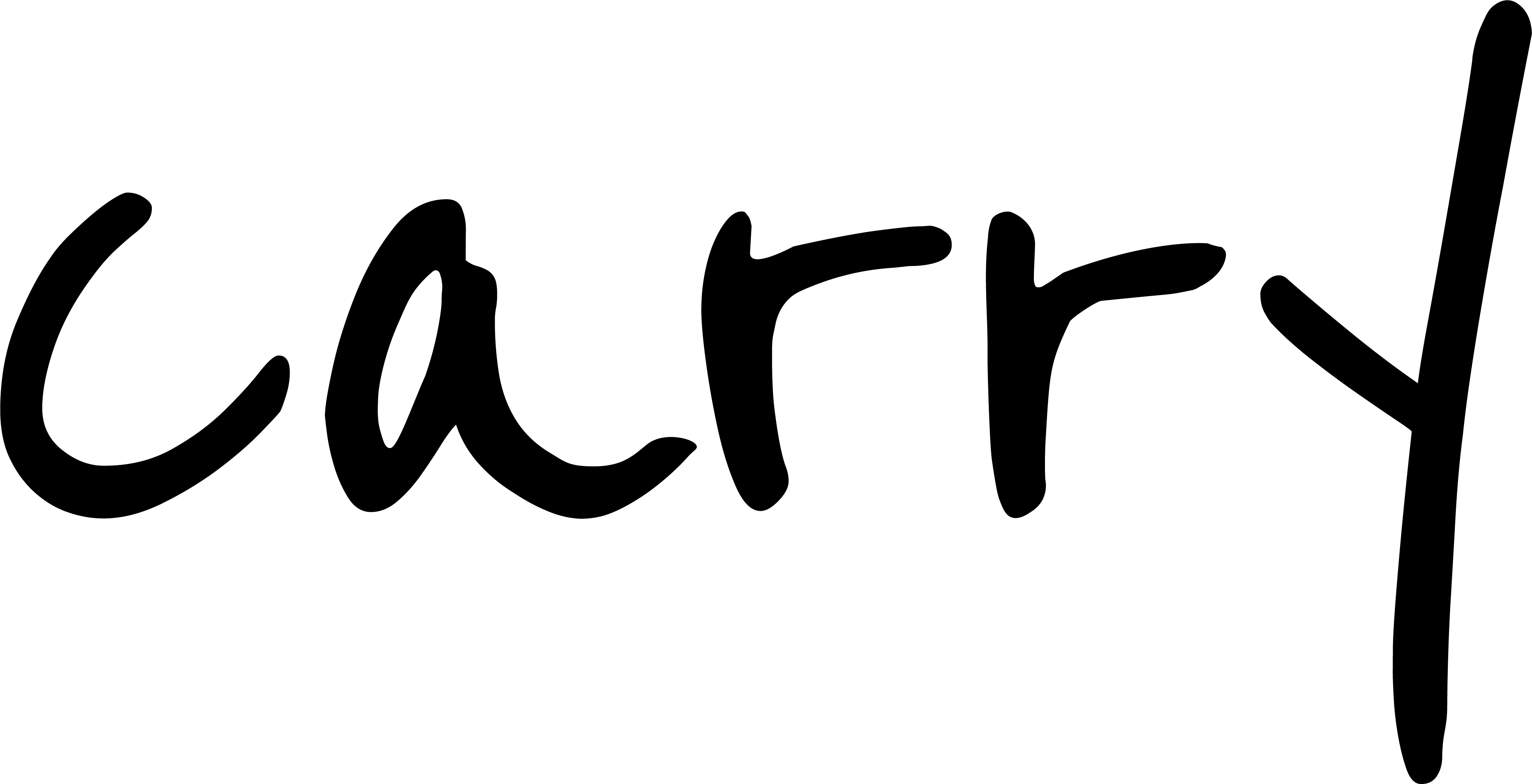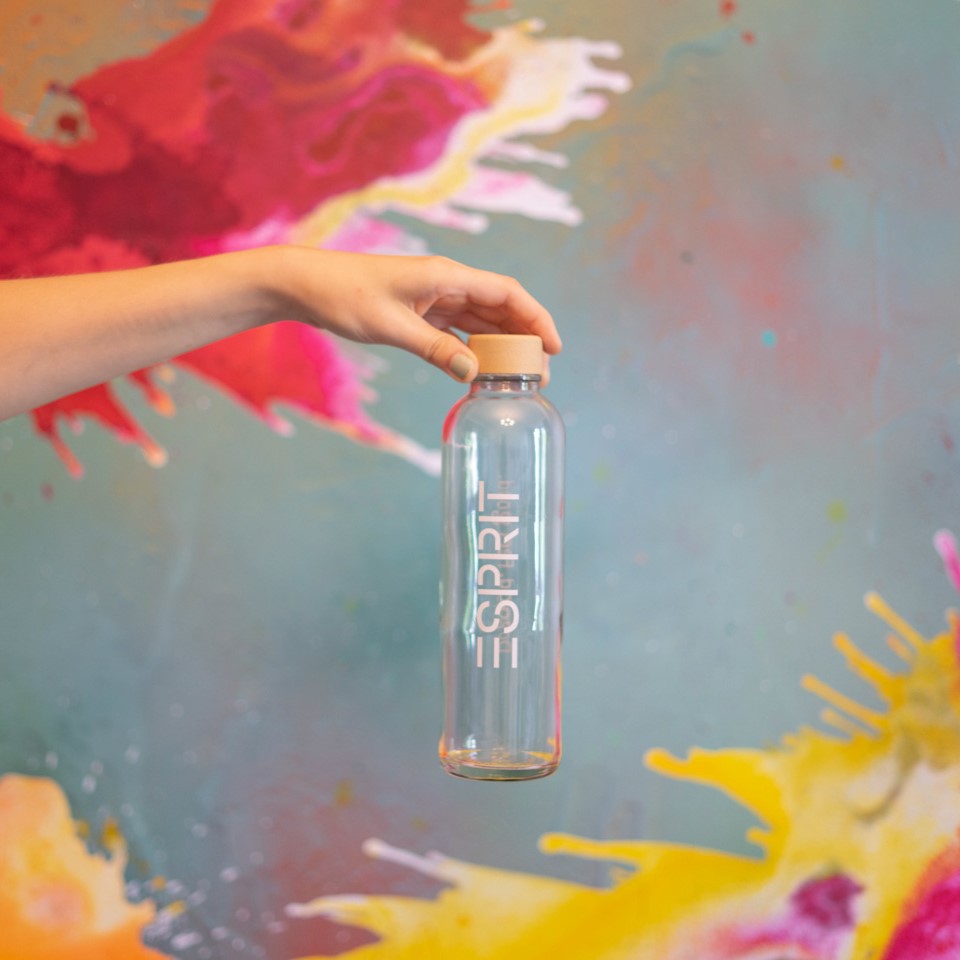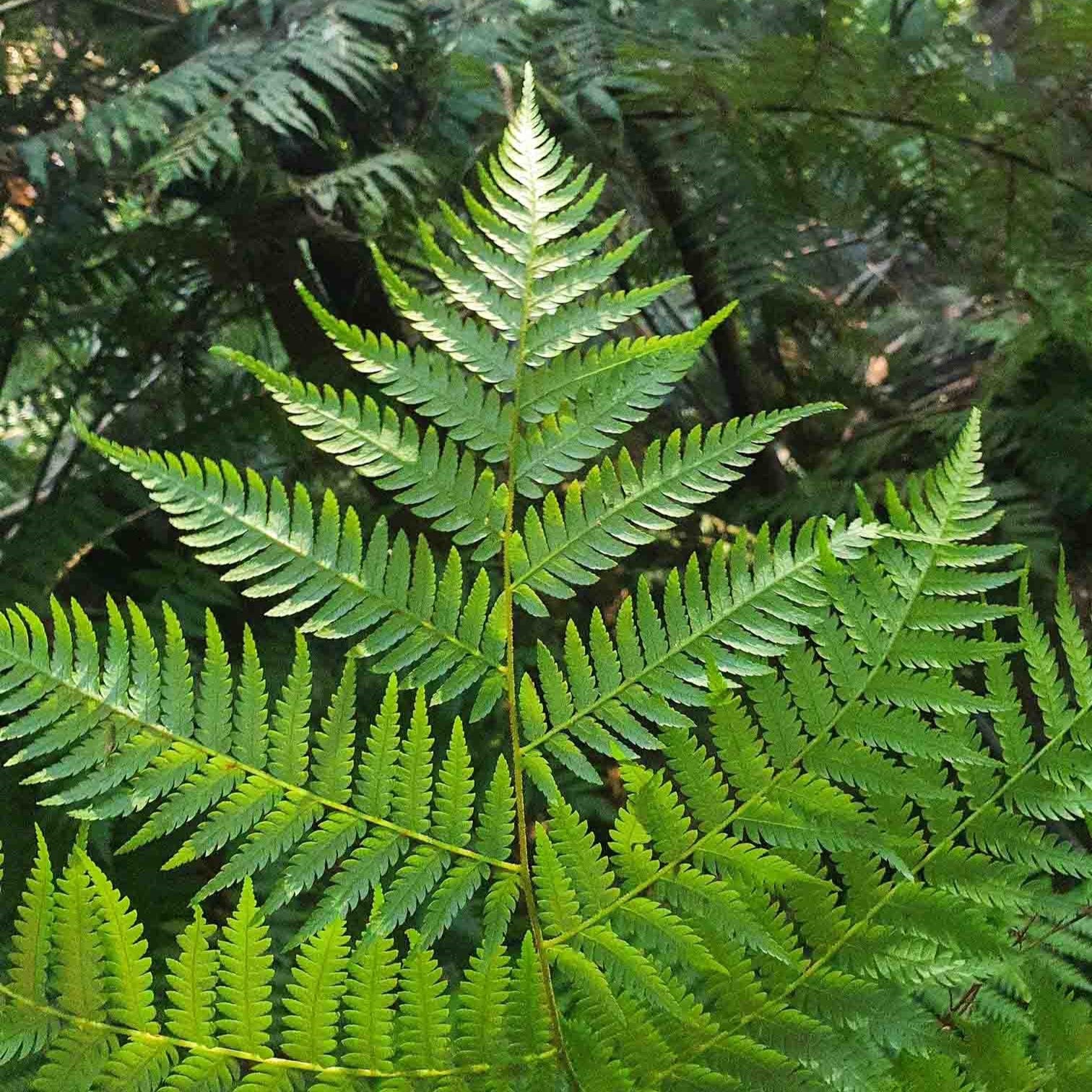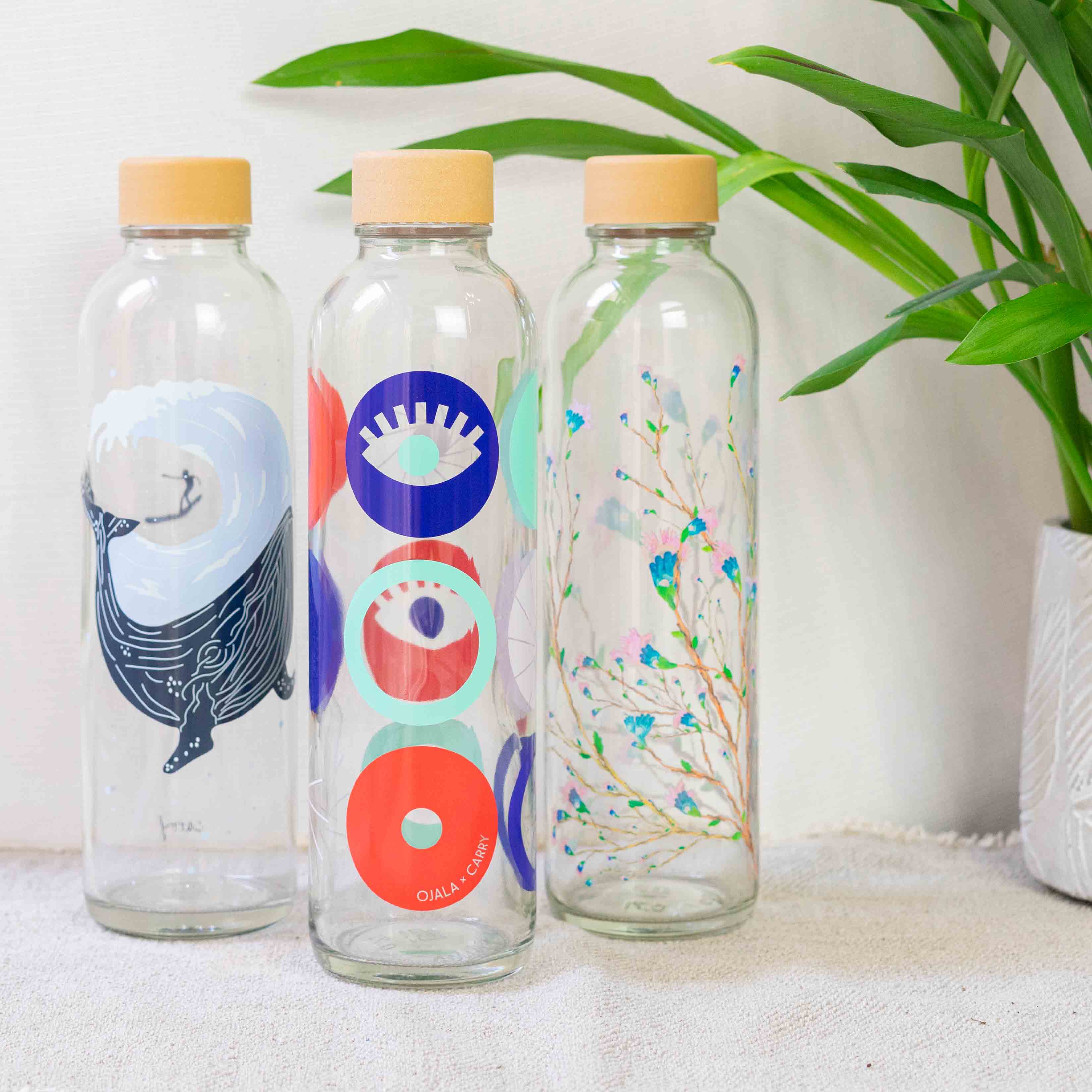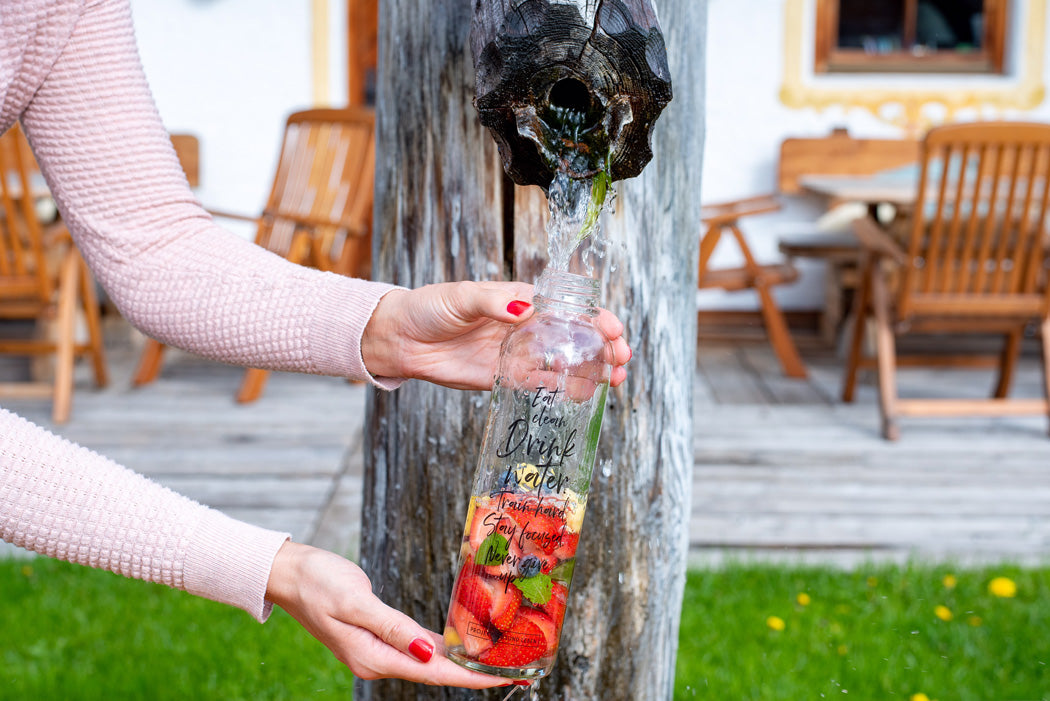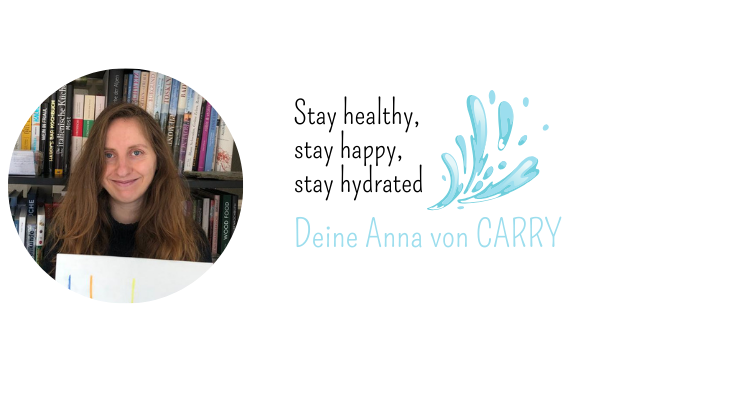33 degrees, sun and a gentle breeze caressing our faces. Wonderful, summer has arrived - how long have we waited for this? After all, it is already June and we are rapidly approaching the longest day of the year. We are out and about, preferably all day. After work, we quickly hop on our bikes to reach the nearest meadow or the still-cool lake. And we don't want to be left high and dry on the way. We need water, preferably fresh from the tap or, even better, from the water fountain. But how well can we supply ourselves with water on the go without resorting to a plastic bottle from the supermarket?
Fill up and drink water at the water fountain on the way
Water fountains. In some cities they are already part of the cityscape. Good news for all Berliners: There are currently 90 drinking fountains in the city and 62 drinking water dispensers in public administration buildings. By the end of the year, the number of water dispensers is expected to increase significantly. But cities such as Munich, Hamburg, Erlangen, Stuttgart, Dortmund and Frankfurt are also way ahead. Elsewhere, unfortunately, they are even less common, because what looks simple is more complex than you think. Maintaining the fountains costs money and building them alone is not enough. To ensure that the water is actually drinkable, the water fountains are regularly checked and cleaned. It is mostly the local waterworks that take care of this. If you want to know whether and where there are drinking water fountains in your city or municipality, the best place to find out is on the city or waterworks websites. A great overview with a map of many drinking water fountains is also available on the website Drinking water on the go .
Refill Germany
And what if there is no public water fountain in sight? Maybe you have heard or read about the Refill project. The project stands for environmental protection, waste prevention and good tap water. "Bring your own bottle" is the project's motto. It tells us quite simply: bring your own bottle (or whatever you have to hand) and fill up drinking water for free. It encourages us to take action and avoid single-use plastic waste with a simple act. Shops, whether cafés, bars, restaurants or shops, can become part of the Refill network. The Refill partners can be recognized by the blue sticker with a large water droplet - a clear signal that you are welcome in this shop to ask for tap water. If you would like to know whether there are refill stations in your city, you can visit the website of Refill and see how many stores near you are participating.
And what is the situation with public drinking water in other countries?
If you travel a lot and enjoy travelling, you may be wondering what the drinking water is like in other countries. The fact that we have such good water quality is not a given and there are many places in the world where people do not have access to clean drinking water.
Generally speaking, you should do your research before you travel. In many European countries, you can use the water from the water dispensers and fountains without any problems, as long as it is labelled as drinking water. In many places, the water is used very well and if you walk through the city with your eyes open, you will often notice one or two fountains where people treat themselves to a little refreshment.
I personally like to travel by train to the Alps and Italy. It is so wonderful and I am always happy when I can fill up my water bottle with fresh drinking water on site. Both in the city and in the mountains. According to the European Parliament, most EU citizens have access to clean drinking water. The EU has set precise standards, which will be expanded and tightened even further in the future to ensure good drinking water quality. Will there be more drinking water dispensers in the future?
Our overseas neighbors are also working hard to make drinking water publicly available. When our employee Vanessa visited her host family in New York last year, she reported on the growing number of drinking water dispensers. And New York is just one of many places.
Protect the environment
At least since the last World Climate Conference in Poland in 2018, which was so present in the media, we all know that it is time to save resources, avoid waste and give something back to our environment - when we take something from it every day for granted. You can also look at it this way: We are lucky, yes, pure luck, to live on earth and to draw from this pot of resources. But we all also know that many of these resources are finite and that we need to be more mindful in some areas of everyday life.
The tap water in Germany is so good that we don't need to buy bottled water at all, and certainly not in disposable plastic bottles that we throw away after one use. By always having our reusable drinking bottle with us to keep ourselves supplied with water on the go, we can make an important contribution to keeping our planet cleaner and healthier. According to the EU Commission, bottled water consumption could be reduced by 17 percent if we could use more drinking water from the tap or had access to good drinking water. This would also reduce countless mountains of rubbish and greenhouse gas emissions. At the same time, we save a lot of money if we drink more tap water. After all, 1 liter of tap water costs just about 0.2 cents.
Today is World Environment Day
World Environment Day is also celebrated every year to raise awareness of environmental problems. Last year, the motto of the day was "Beat Plastic Pollution". Given the gigantic amounts of plastic waste in our environment and especially in the oceans, it is great to see that environmental and climate protection are no longer niche issues. With numerous campaigns, organizations, the media and many private individuals fought to ensure that many more people learn how our consumption and the resulting overabundance of waste is a real problem of our time. This year's World Environment Day deals with air pollution, which is caused, among other things, by our mass consumption. A large proportion of (plastic) waste is burned in waste incineration plants, which releases harmful gases. But the transport of goods also consumes resources, which are released back into the air in the form of CO2. Of course, we cannot do without everything - after all, we also want to live. But often less is more.
Raffle - ended
On the occasion of Environment Day, we are giving away three beautiful bottles of our limited edition "Project: Healthy Living". Find out how to take part in the competition on our social media channels Instagram and Facebook . You can find the conditions of participation at the end of this blog post.
